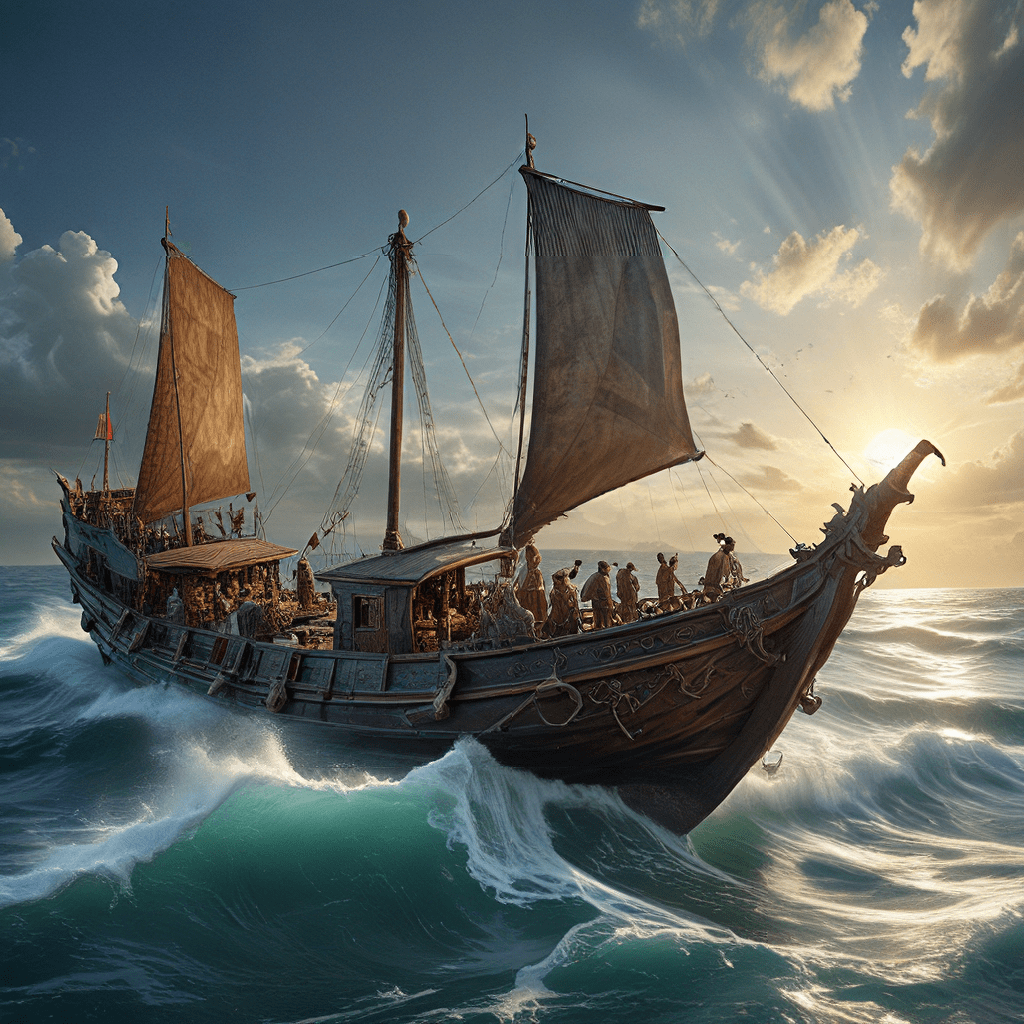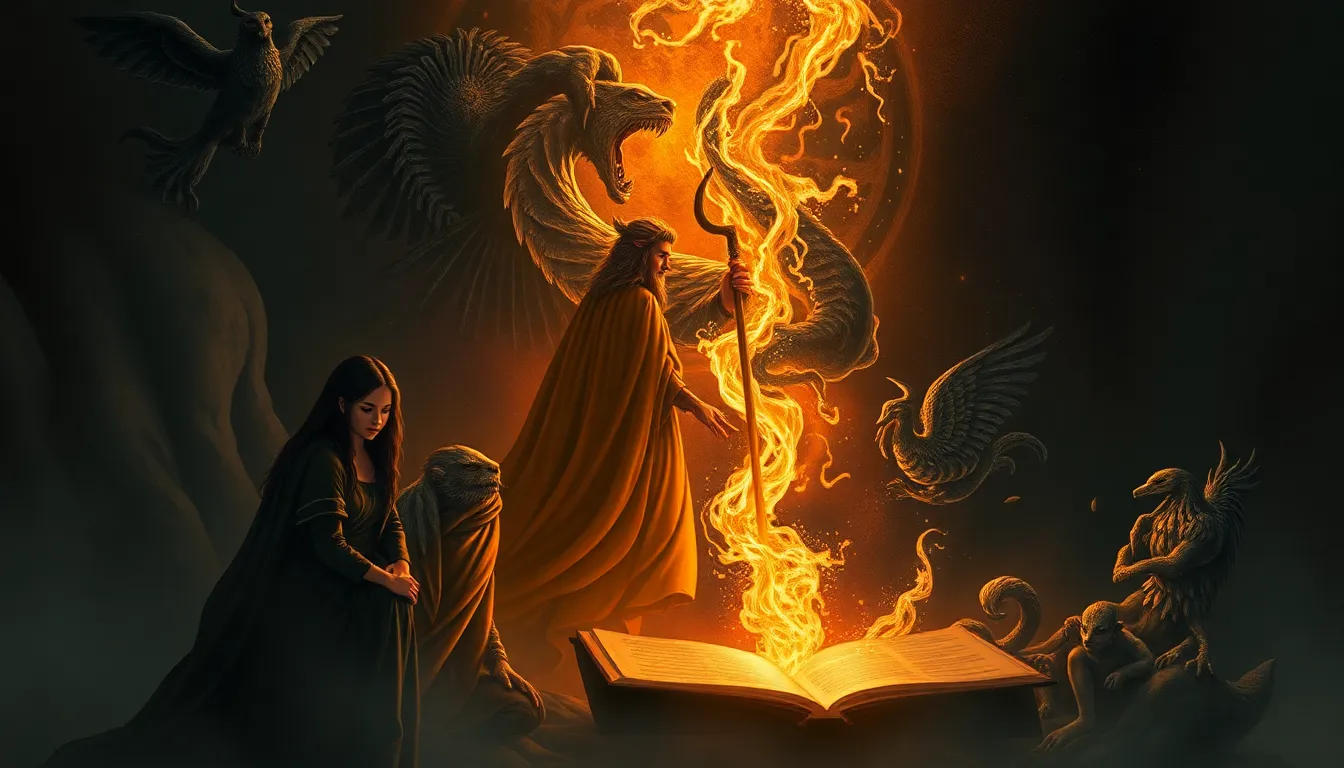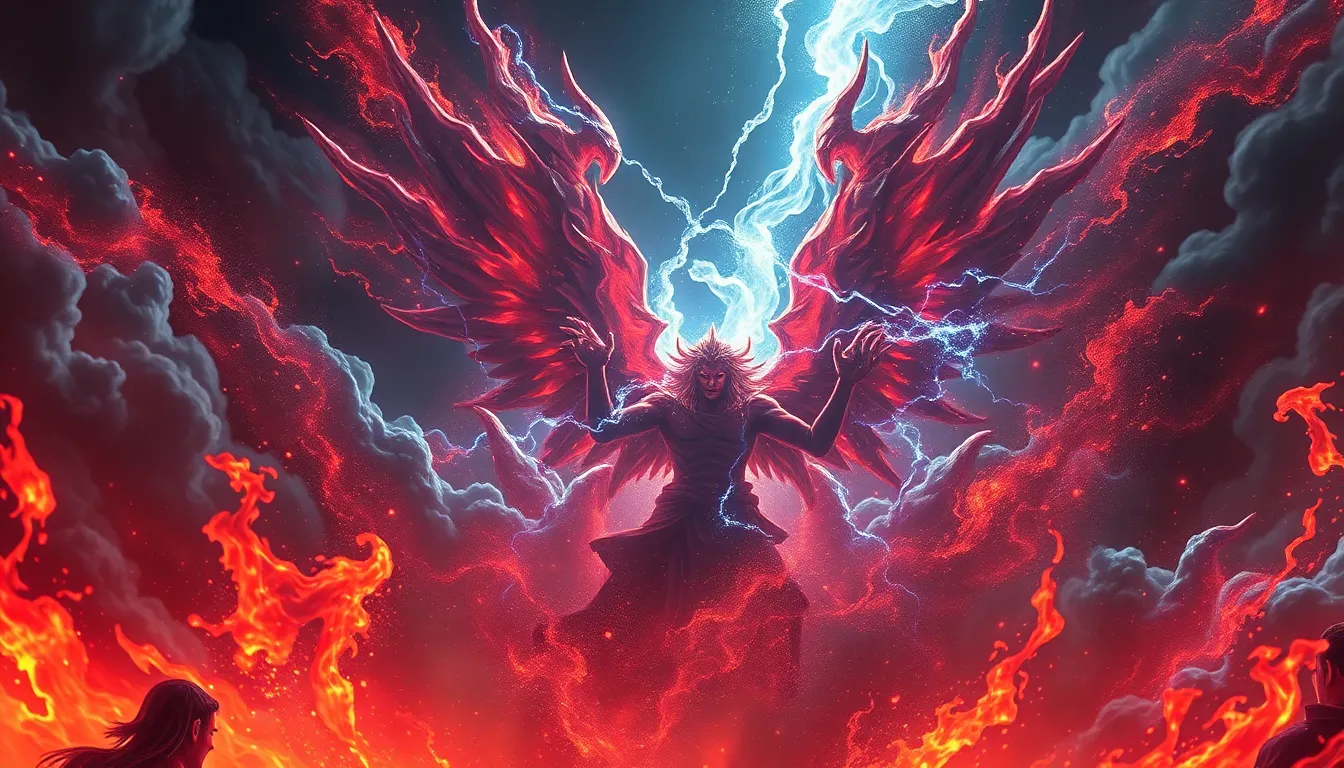Indonesian Maritime Mythology: Guardians of the Deep
The Indonesian archipelago, a vast tapestry of over 17,000 islands, boasts a rich and diverse cultural heritage deeply intertwined with the ocean. For centuries, the seas surrounding these islands have been a source of life, sustenance, and inspiration, resulting in a captivating world of maritime mythology. The waters teem with mythical creatures that embody the power and mystery of the deep, shaping the beliefs and practices of coastal communities. These stories, passed down through generations, offer a glimpse into the ancient worldview of the Indonesian people, where the natural world is filled with spirits and supernatural beings.
The Sea as a Realm of the Supernatural
In Indonesian mythology, the sea is not just a body of water; it is a realm of the supernatural, teeming with unseen forces that influence human lives. The ocean's vastness and unpredictable nature inspire awe and fear, making it a fertile ground for the birth of myths and legends. The sea is often perceived as a powerful entity, with its own moods and temperaments, capable of both generosity and fury. This belief is reflected in the numerous deities, spirits, and mythical creatures that inhabit the Indonesian maritime folklore.
Mythical Creatures as Embodiments of Nature’s Power
The mythical creatures of Indonesian seas are not simply figments of imagination; they are often seen as embodiments of the power and unpredictability of nature. Some serve as guardians of the ocean, while others represent its destructive potential. These creatures are often associated with specific natural phenomena, such as storms, tides, or the abundance or scarcity of fish. By understanding these creatures and their roles, people sought to appease the spirits of the sea and ensure their safety while navigating its vast expanse.
The Nyai Loro Kidul: Queen of the Southern Sea
One of the most iconic figures of Indonesian maritime mythology is Nyai Loro Kidul, the queen of the Southern Sea. She is often depicted as a beautiful and powerful woman, adorned with flowing white garments. Nyai Loro Kidul is associated with the Indian Ocean and is believed to control the tides and weather patterns. She is revered as a deity by some and feared as a vengeful spirit by others. Her legend is closely tied to Mount Merapi, a volcano on the island of Java. It is said that the mountain's eruptions are a sign of her anger. She is also said to be the patron of the ancient Javanese kingdom of Mataram.
Buaya Putih: The White Crocodile, a Symbol of Transformation
Another prominent creature in Indonesian mythology is Buaya Putih, the White Crocodile. This mythical creature is often depicted as a large, luminous crocodile, symbolizing strength, wisdom, and transformation. Buaya Putih is associated with the waters of the Sunda Strait, a channel between the islands of Java and Sumatra. He is said to guide lost souls and protect fishermen from the dangers of the sea. The story of Buaya Putih often serves as a cautionary tale about the importance of respecting the ocean's power and the consequences of greed. His presence in Indonesian folklore reflects the enduring fascination with and fear of the crocodile, a creature that has long inhabited the waters of the archipelago.
The Origin of Sea Serpent Myths: Folklore and Reality
The Indonesian archipelago, nestled between the Indian and Pacific Oceans, is a hotbed of sea serpent stories. From the slithering Naga in Hindu mythology to the fearsome ular laut (sea snake) of local folklore, these serpentine creatures are woven into the fabric of Indonesian maritime tales. While some might dismiss these tales as mere fantasy, the truth is more nuanced.
The origin of sea serpent myths likely lies in a combination of factors. The vast and often unpredictable nature of the oceans, coupled with encounters with real, but often misunderstood creatures, like giant squid and large fish, played a crucial role in shaping these narratives. The human tendency to exaggerate and embellish stories, passed down through generations, further amplified these encounters, birthing the awe-inspiring creatures of legend.
The ular laut itself is often portrayed as a giant, venomous sea snake, capable of swallowing entire boats. While no such snake exists in reality, the myth likely arose from encounters with large, non-venomous sea snakes, or even the occasional sighting of a giant squid. However, these creatures, often interpreted as monstrous and menacing, ingrained a sense of respect and caution in seafaring communities. This belief system served as a vital survival tool, reminding people of the dangers lurking beneath the surface of the deep.
The Influence of Hinduism and Buddhism on Marine Mythology
The ancient maritime kingdoms of Indonesia were profoundly influenced by Hinduism and Buddhism, and these faiths left an indelible mark on the country's mythology. Many of Indonesia's mythical creatures, especially those associated with the sea, find their origins in these religions.
For example, the Naga, a serpentine deity often portrayed as a half-human, half-snake creature, is a central figure in both Hindu and Buddhist cosmologies. In Hindu mythology, Nagas are guardians of the underworld and the protectors of treasures. In Buddhist beliefs, they are often linked to water and are seen as powerful beings who control the rain and the oceans. The influence of the Naga is evident in Indonesian art, architecture, and folklore. Statues of Nagas adorn temples and palaces across the archipelago, while stories about these mythical creatures are still recounted today.
The Makara, another mythical creature with roots in Hinduism, is a hybrid creature with the head and upper body of a lion or an elephant and the tail of a fish or a crocodile. In Hindu iconography, Makara often serves as the mount of the sea god, Varuna. In Indonesian belief systems, Makara is often associated with the oceans and rivers, embodying the power and majesty of water.
The Role of Myth in Shaping Coastal Communities
Indonesian maritime mythology played a crucial role in shaping the social and cultural fabric of coastal communities. These stories served as a unifying force, binding people together through shared beliefs and traditions. They also provided a framework for understanding the natural world, especially the dynamic and often dangerous environment of the sea.
Myths about sea creatures, like Nyai Loro Kidul and Buaya Putih, served as cautionary tales, reminding people of the importance of respecting the ocean's power and the consequences of greed. They also provided a framework for explaining natural phenomena, such as storms, tides, and the abundance or scarcity of fish. These stories instilled a sense of reverence for the sea and its inhabitants, encouraging sustainable practices and fostering a deep connection to the marine environment.
Myths like these also influenced social structures and rituals. For example, the belief in Nyai Loro Kidul led to the creation of rituals and ceremonies designed to appease her and ensure her favor. These rituals, often involving offerings and prayers, helped maintain a delicate balance between humans and the supernatural forces of the ocean. The legacy of these beliefs continues to shape the lives of coastal communities today.
Preserving the Legends of the Indonesian Seas
In a rapidly changing world, the importance of preserving Indonesia's maritime mythology cannot be overstated. These stories are not just entertaining tales; they are a valuable repository of knowledge, wisdom, and cultural identity. They offer insights into the historical worldview of the Indonesian people, their relationship with the natural world, and their understanding of the forces that govern their lives.
By preserving these legends, we ensure that future generations can connect with their cultural heritage and appreciate the rich tapestry of stories that have shaped the Indonesian archipelago. This can be achieved through various methods, including oral storytelling, written documentation, and the use of new media platforms like podcasts and documentaries. By sharing these stories with younger generations, we can ensure that the spirit of Indonesian maritime mythology continues to inspire, educate, and enrich lives.
FAQ
Q. What is the significance of the sea in Indonesian mythology?
A. In Indonesian mythology, the sea is not just a body of water; it's a realm of the supernatural, teeming with unseen forces that influence human lives. The vastness and unpredictable nature of the ocean inspire awe and fear, leading to the creation of myths and legends.
Q. What are some examples of mythical creatures found in Indonesian maritime mythology?
A. Some examples include Nyai Loro Kidul, the queen of the Southern Sea; Buaya Putih, the White Crocodile; and the Naga, a serpentine deity. These creatures embody the power and mystery of the deep and shape the beliefs and practices of coastal communities.
Q. How did Hinduism and Buddhism influence Indonesian maritime mythology?
A. Ancient Indonesian kingdoms were deeply influenced by Hinduism and Buddhism, which shaped their mythology. Many mythical creatures, especially those associated with the sea, have roots in these religions, such as the Naga and the Makara.
Q. What is the role of myth in shaping coastal communities?
A. Indonesian maritime mythology served as a unifying force, shaping social structures, rituals, and cultural identities. These stories provided a framework for understanding the natural world and the importance of respecting the ocean's power.
Q. How can we preserve the legends of the Indonesian seas?
A. We can preserve these stories through various methods, including oral storytelling, written documentation, and the use of new media platforms. By sharing these legends with younger generations, we can ensure their continued relevance and cultural significance.



